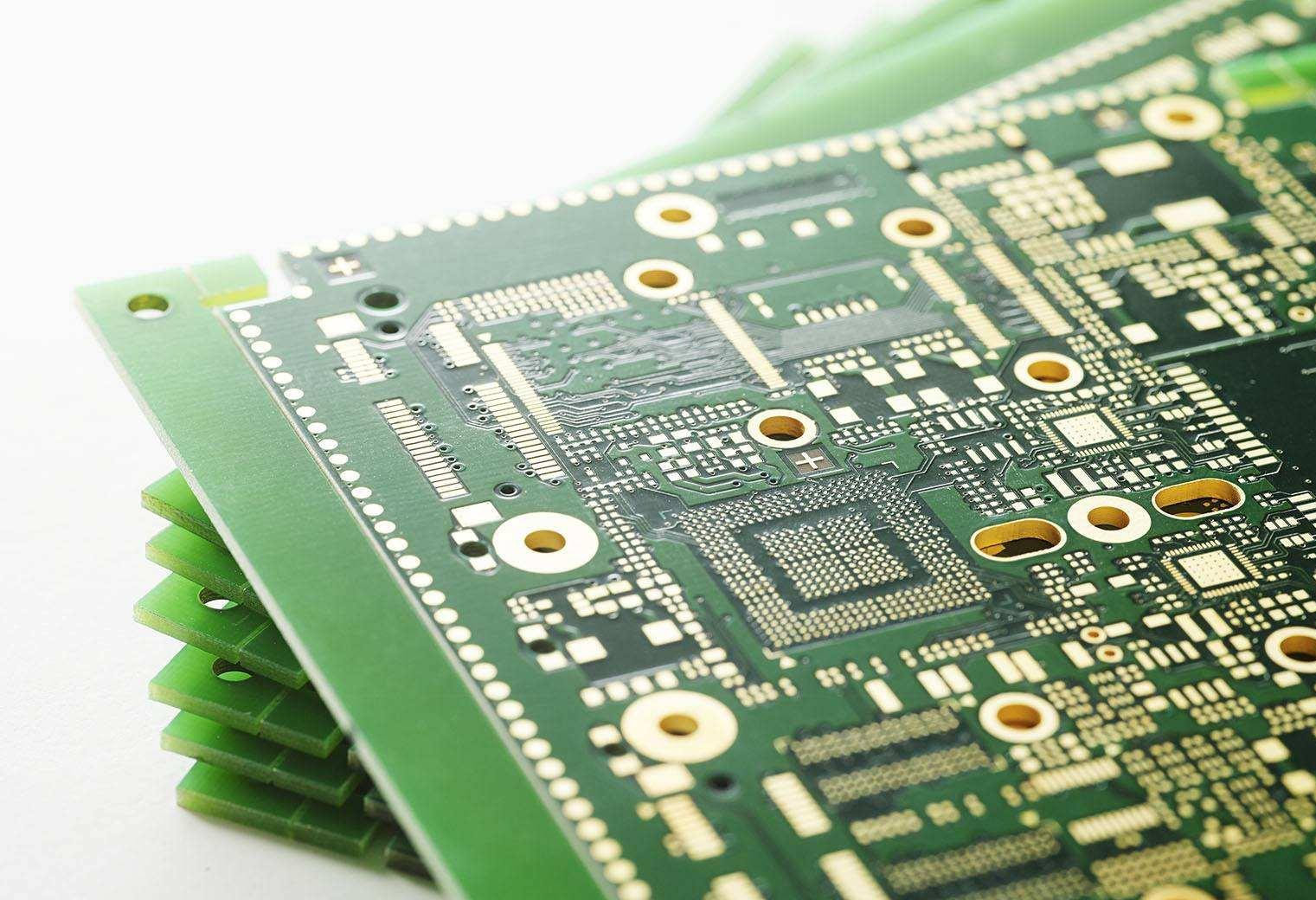I. Importance of Thermal Management
In PCB design, thermal management is a critical factor that directly impacts the performance and longevity of electronic components. During operation, electronic components generate heat, and if this heat is not dissipated efficiently, it can lead to excessive temperatures, causing parameter drift, unstable performance, and even component failure. Moreover, heat accumulation can lead to PCB material deformation and damage, compromising the reliability of the entire circuit board. Effective thermal management ensures that electronic devices operate within a stable and safe temperature range, thereby extending their service life and enhancing overall product quality.
II. Common Heat Dissipation Methods and Materials
1. Natural Convection Cooling Natural convection cooling leverages the natural airflow to dissipate heat. This method is simple and cost-effective, making it suitable for low-power circuits and components with minimal heat generation. Heat dissipation efficiency can be improved by strategically placing heat-generating components in well-ventilated areas, such as near the PCB edges or along airflow paths. Additionally, increasing the surface area of heat sinks can further enhance the natural convection cooling effect.
2. Forced Air Cooling Forced air cooling utilizes fans or blowers to circulate air, expediting heat dissipation actively. This method is particularly suitable for high-power circuits and heat-intensive components. In PCB design, heat-generating components should be concentrated within the airflow path of the fan to ensure effective heat removal. Proper airflow channel design is crucial to avoid obstructions and enhance cooling efficiency.
3. Heat Pipe Cooling Heat pipes are highly efficient heat transfer elements that use the phase transition of a liquid to transport heat. Featuring rapid thermal conductivity and excellent heat dissipation, heat pipes are ideal for high-power-density electronic devices. In PCBYES's advanced PCB solutions, integrating heat pipes with heat-generating components can effectively transfer and dissipate excess heat, ensuring optimal operational stability.
4. Vapor Chamber Cooling Vapor chambers are high-performance, flat heat spreaders that distribute heat evenly across their surfaces. This method is effective for cooling multiple heat-generating components, significantly reducing the overall PCB temperature. Typically made from aluminum or copper, vapor chambers offer superior thermal conductivity and mechanical strength, making them a reliable choice for advanced thermal management.
III. Utilization of Thermal Simulation Tools
In modern PCB design, thermal simulation tools have become indispensable for predicting heat distribution and optimizing cooling strategies. These tools simulate various working conditions to identify potential thermal issues before fabrication. Popular thermal analysis software, such as ANSYS Icepak and Mentor HyperLynx, provides robust modeling capabilities and precise calculations for airflow, heat conduction, and radiation effects. Through thermal simulation, engineers can optimize the placement of heat-generating components, adjust heat sink sizes, and refine airflow paths, ultimately minimizing trial-and-error during production and reducing costs.
IV. Real-World Case Study
1. Case Background A leading electronics manufacturer encountered severe thermal challenges while designing a high-performance computing board. The board incorporated multiple high-power processors and memory chips, leading to excessive heat buildup, performance degradation, and frequent thermal protection shutdowns.
2. Problem Analysis and Solutions After a thorough assessment, the design team identified inadequate thermal dissipation as the primary issue. To resolve this, they implemented the following strategies:
- PCB Layout Optimization: The heat-generating components were redistributed to prevent excessive heat concentration. Critical processors were strategically placed within the direct airflow path of cooling fans to enhance heat dissipation.
- Enhanced Heat Sink Implementation: Large heat sinks were installed on each high-power processor, with high-performance thermal grease applied to improve heat conduction efficiency.
- Airflow Channel Optimization: The internal chassis airflow structure was redesigned to ensure efficient air circulation, covering all heat-generating areas. Additional airflow guide plates were introduced to enhance uniform air distribution.
- Thermal Simulation for Optimization: Various cooling strategies were simulated using advanced thermal analysis software. By analyzing temperature distribution and dissipation performance, the team iteratively optimized heat sink designs, dimensions, and airflow structures to achieve the most effective cooling solution.
3. Results After implementing these optimizations, the computing board's thermal performance improved significantly. Under high-load operation, the device maintained lower temperatures, preventing overheating and performance throttling. These improvements ensured stable operation and enhanced overall performance.
At PCBYES, we integrate cutting-edge thermal management solutions into our PCB and PCBA manufacturing processes to meet our client's diverse thermal performance demands. With over five years of expertise in PCB prototyping and fabrication, our commitment to high-quality, cost-effective, and efficient solutions sets us apart as your trusted partner in the electronics industry.




